Companion planting is one of the many underrated organic gardening methods that improves crop growth, yield, pest resistance, and flavor. It relies on natural symbiotic relationships within the plant ecosystem.
In this article, we’ll guide you through tomato companion gardening and how to create a balanced ecosystem that produces luscious and bountiful tomatoes.
We’ll cover the benefits of companion planting, strategic pairing, the best companion plants for tomatoes, and common pitfalls.
Why Companion Planting Makes Tomatoes Thrive
The benefits of companion planting range from foundational to resultant.
- It’s a fantastic means of pest deterrence through pest control plants like Basil and marigold. Surely you’re excited about reducing the use of chemical pesticides, which have adverse effects.
- Planting certain herbs close to your tomato garden can improve tomato flavor. Basils, for instance, are popular seasoning herbs that share nutrients through their chemical compounds and release natural essential oils in tomatoes.
- Other nutrient-enhancing benefits include nitrogen infusion, improved soil structure, and improved plant health.
Top Companion Plants That Boost Tomato Health
With the wide range of companion planting herbs for your tomato garden, choosing specific options can be a chore. That’s why we’ve narrowed it down to these tested and trusted ideal plant companions.
Basil

Basil and tomatoes go together like bread and butter, PB and J, or any other iconic duo you can imagine. This aromatic herb pairs well in your kitchen and deters pests like hornworms from your tomato garden. It also releases nutrients that boost natural oil secretions in tomatoes for a healthier yield.
Marigold
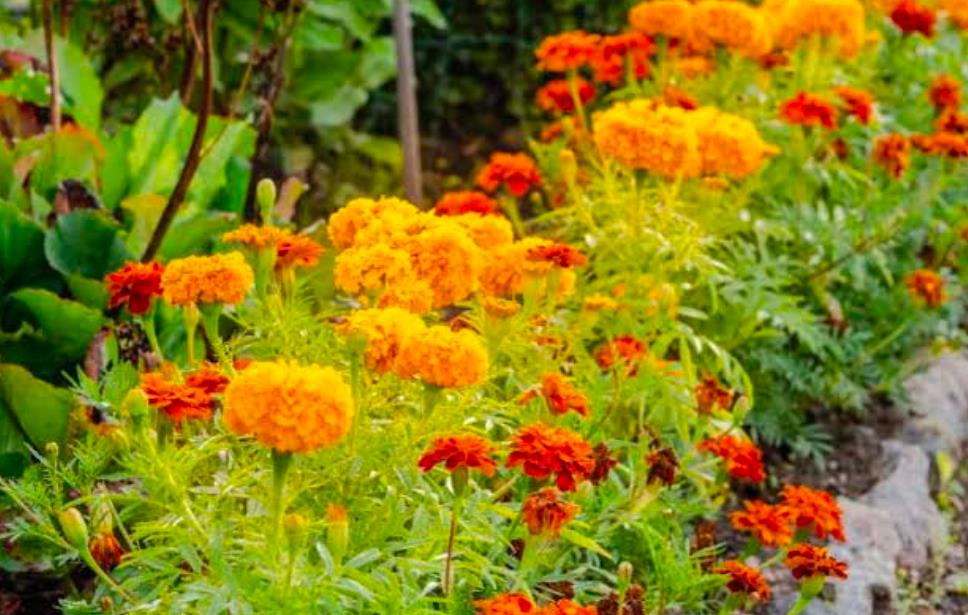
Alternatively, you can use marigolds for pest control against nematodes and enjoy the vibrancy of their tiny flowers as aesthetic pleasures.
Borage
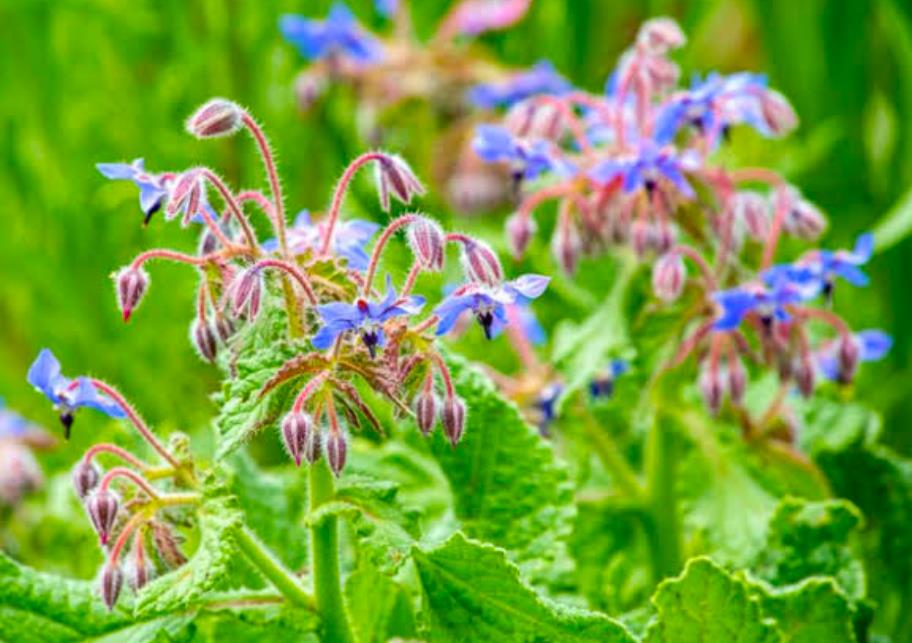
Borage is another good companion plant that is small but extremely efficient. It attracts pollinators and deposits minerals into the soil to enhance tomato growth and overall garden productivity.
Clover
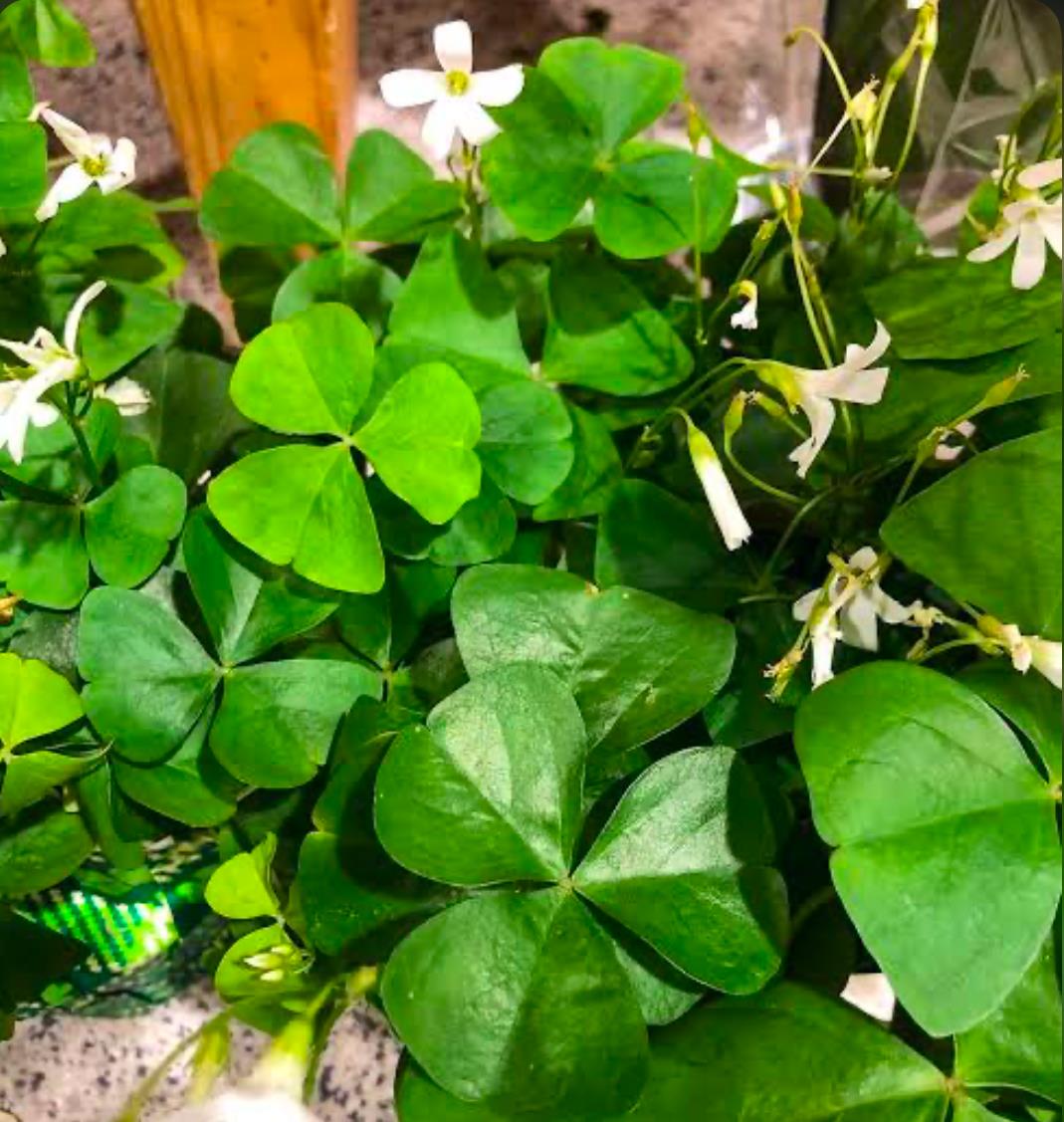
Clovers are perfect ground covers and legumes that infuse nutrients into the soil. These nutrients seep into your tomatoes and produce a sweet-tasting harvest in their season.
Common Tomato Companion Planting Mistakes to Avoid
Before continuing, I must warn you about common tomato gardening mistakes made during companion planting.
These companion planting errors include overcrowding, poor choices, and neglect.
Overcrowding

Overcrowding your garden with companions and main plants. Don’t let excitement make you stuff your garden with excess plants competing for natural resources like water and sunlight.
Poor Plant Choices
Poor plant choices will harm your tomatoes. Avoid choosing plants with similar pest and disease risks, such as potatoes and eggplants, which are also nightshades.
Lazy Planting
Ignoring growth habits is dangerous for tomato plants. For example, you shouldn’t plant tall or sprawling plants as tomato companions because they’ll suffocate the sprouts and block the sunlight.
Improper Drainage
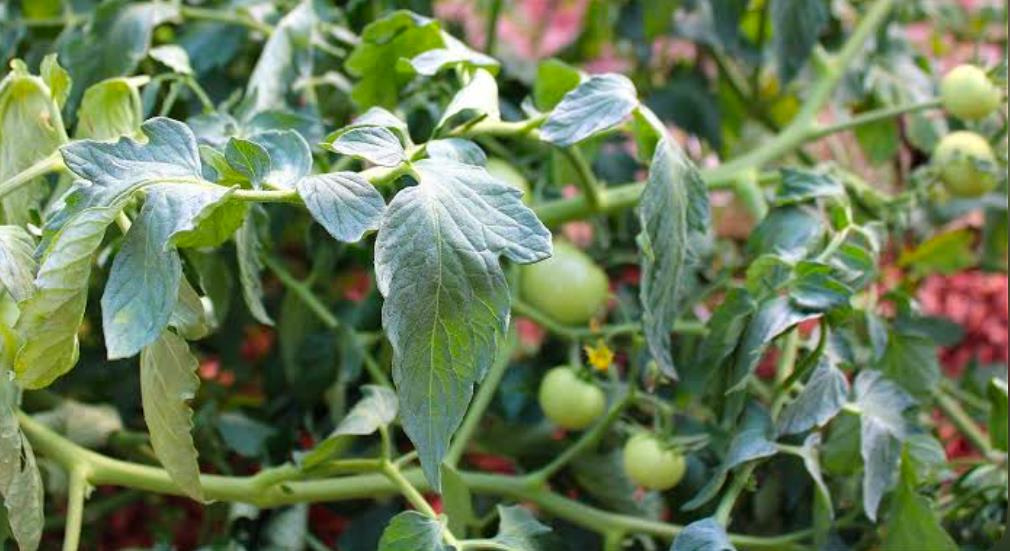
Install a proper drainage system in the garden to avoid waterlogged soils. Also, ensure there’s enough space between the tomato plants and other companions to prevent them from hogging the drainage.
In this guide, I provide clear guidance on how to avoid these pitfalls, such as garden spacing tips and seasonal planting.
Strategic Pairing: How to Arrange Companion Plants
Getting a bountiful harvest from your companion planting endeavor requires strategic garden planning. To optimise garden space and health, you must consider growth habits, sun exposure, and nutrient requirements.
Step One: Layout
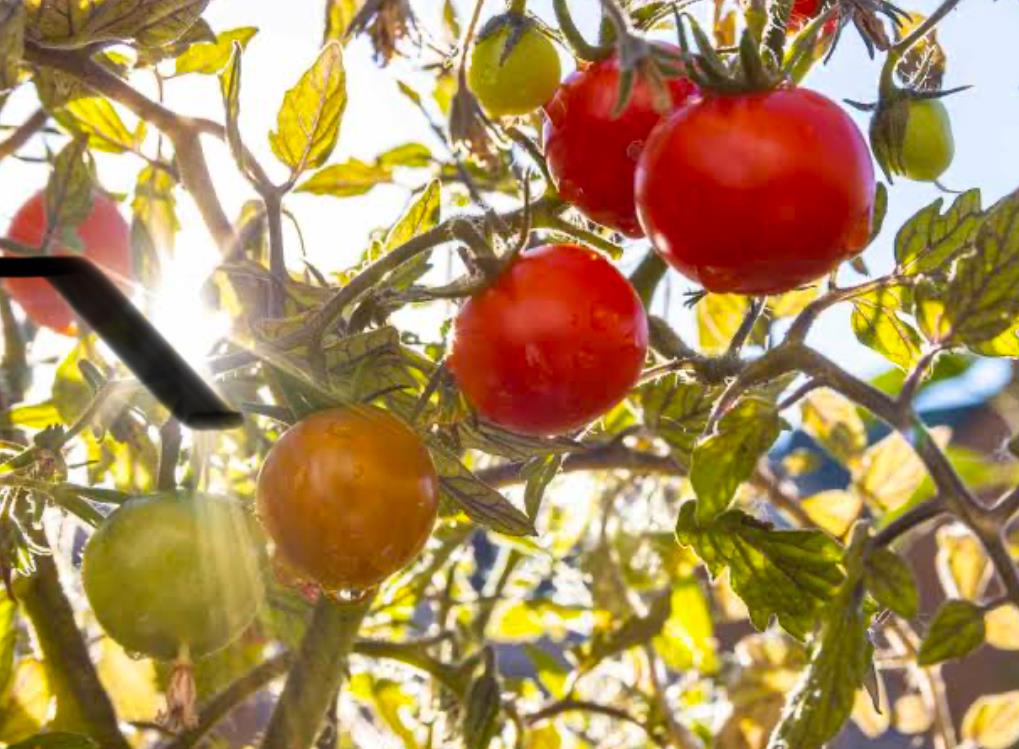
Map out your garden space and the amount of sunlight it gets. Test out multiple planting layout ideas before settling on the one with the best sunlight access.
Step Two: Nutrient Requirements
Pair tomatoes with other sun-loving companion plants so you won’t struggle with light adjustments.
Step Three: Growth Patterns
Line each plant according to growth patterns, height, length, and sun preferences. High-growing plants like Sunflowers protect shorter ones from harsh sunlight, but don’t overcrowd them to avoid suffocation.
On the other hand, deep-rooted plants like Carrots won’t outcompete for nutrients.
Step Four: Arrangement
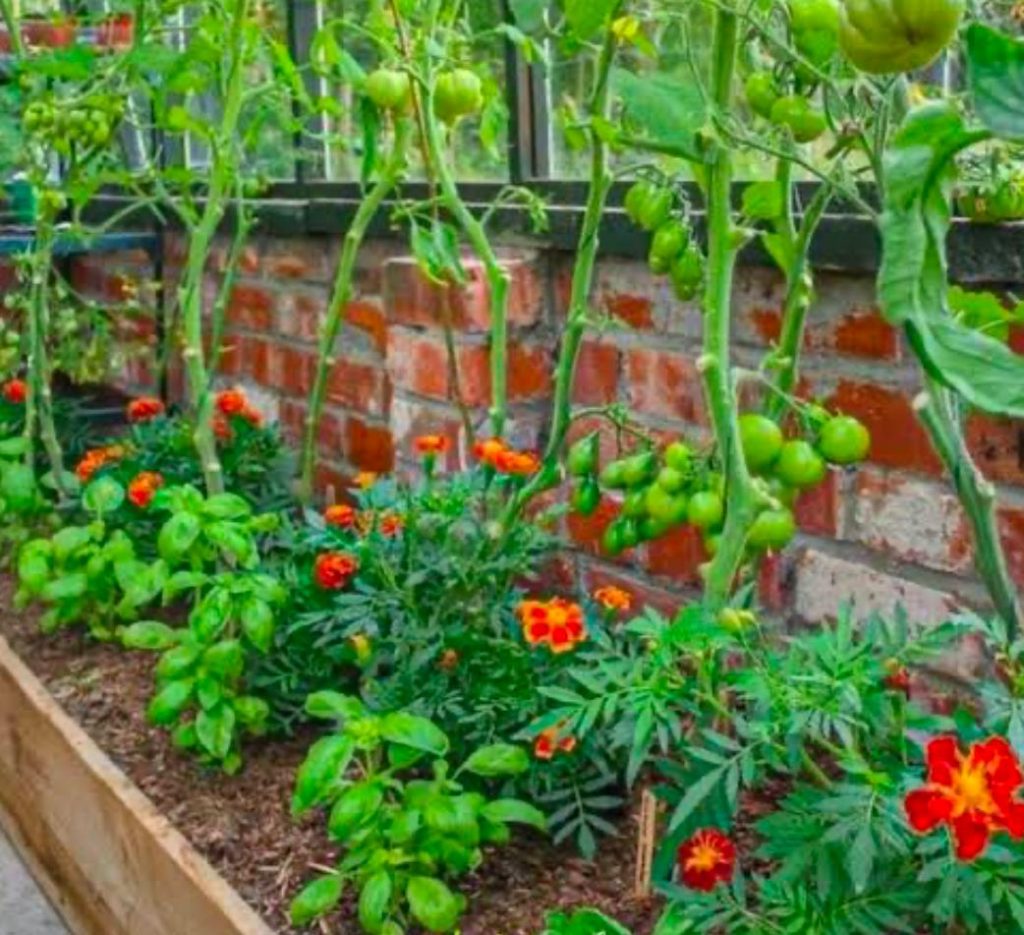
You can plant your tomatoes and their companions in alternating rows to maximize their symbiosis and create a visual appeal.
Step Five: Cooking Opportunities
For my caprese salad lovers, choose Basil as your Tomato companion and enjoy the burst of flavors in your mouth.
Step Six: Growth Progress
Monitor the growth progress in your strategic garden and see how each plant adapts to the environment. But be flexible. Adjust your planting methods as the season changes.
Seasonal Considerations for Tomato Companion Planting
Seasonal planting strategies, such as targeted timing and adjustments, maximize your efforts. Since tomatoes thrive in warm climates, it’s best to plant them on your locality’s last frost date to ensure they get the most out of Summer.
However, your companion plants may have different weather preferences based on their nutritional needs.
Climate
Check out these garden timing tips for spring companion planting guidance.
| Season | Plant |
| Early Spring | Radish, Spinach |
| Late Spring | Tomato, Basil, Marigold |
Lifecycle
Perennials like Oregano and Thyme can thrive with Tomatoes in any season, but you must wait until late Spring, when the soil is warmer, to plant Annuals like Basil and Marigold.
Note the companion plants that are sensitive to warmer temperatures and require more humidity to thrive. Also, watch for seasonal pests and diseases.
Natural Pest Control With Tomato Companions
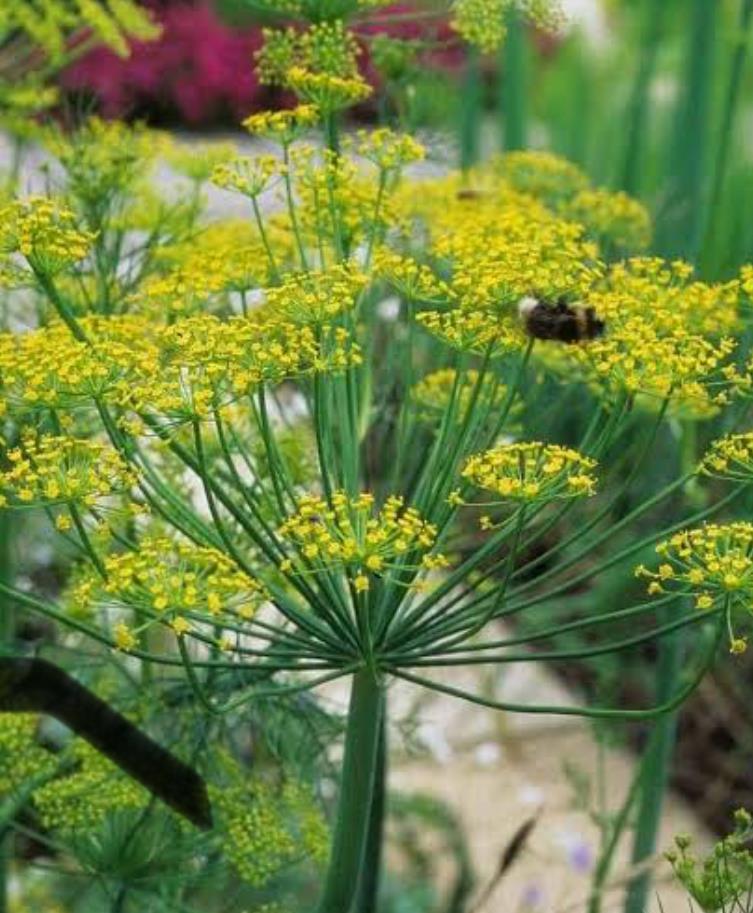
Let’s talk about one of the biggest gardening challenges: pests! They pop up everywhere when you neglect your plants and ruin your hard work. Luckily, many of the annual herbs recommended in this guide, like marigolds, basil, dill, and yarrow, are natural pest control plants.
These pest deterrent herbs have strong scents that mask your tomato’s odor and repellent properties, reducing the risk of attracting pests like hornworms or nematodes that destroy roots.
Instead, plants like Yarrows attract beneficial garden insects such as Ladybugs and Lacewings, which eat these common pests, consequently creating healthier tomato plants for you.
Pest Control Practices
- Adequate spacing for airflow
- Keep dry leaves and foliage
- Attract beneficial insects
Enhancing Soil Health With Tomato Companions
Certain companion plants help improve garden soil nutrients, structure, and microbial activity, which significantly benefits tomato plants.
These soil enrichment plants include legumes, Comfrey, and clover.
You can plant nitrogen-fixing legumes like beans to provide your tomatoes with one of their crucial nutrients. As a deep-rooted plant, Comfrey promotes nutritional uptake for soil amendments by soaking up nutrients from the subsoil for surface plants.
Other companion plants can also create a habitat for microorganisms and beneficial fungi through mulching. Over time, they’ll break down organic matter, enrich the soil structure, and improve drainage and aeration.
Harvesting Benefits: Optimize Yield and Timing

After your hard work investing in beneficial companion plants, you need these tomato harvesting tips to reap the best yields of your labor.
Timing
Depending on the species, tomatoes are ready for harvest once they become vibrant red or shade-variant. Your companion plants can also determine when to harvest your ripe and juicy tomatoes through their bloom.
Stagger Harvest
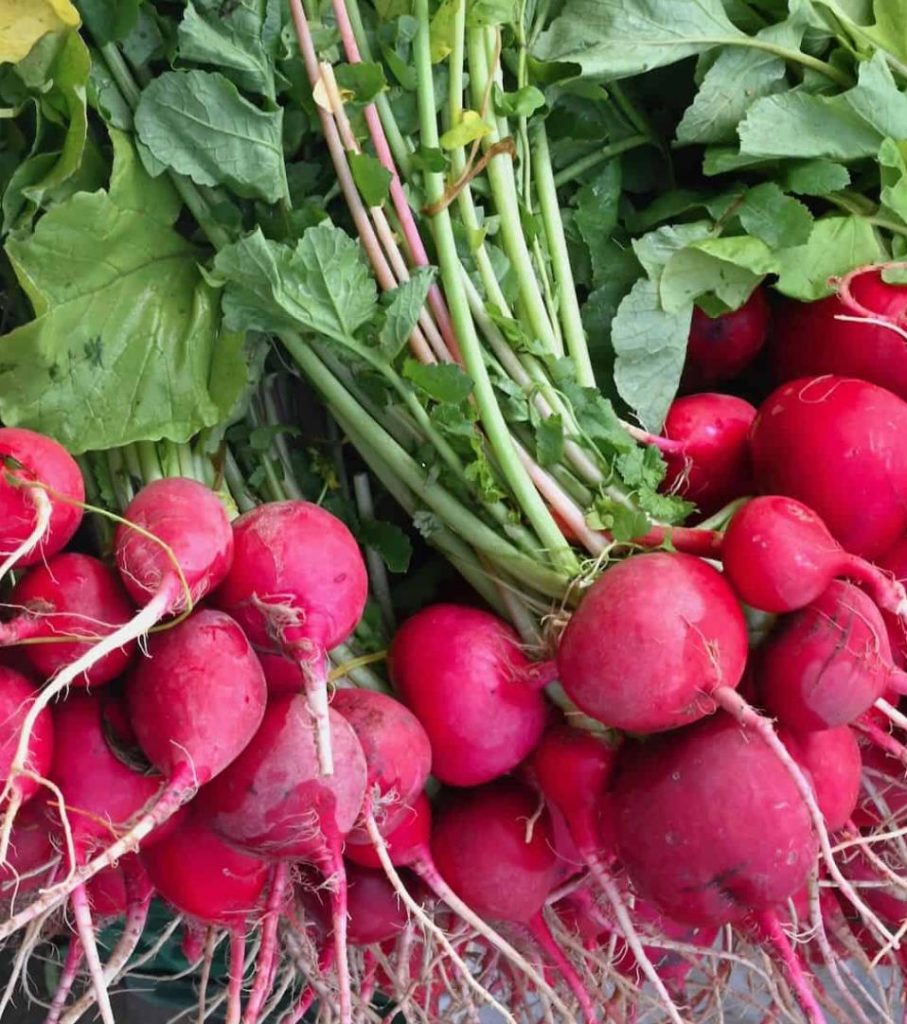
By planting quick-growing companion plants, you can take advantage of staggered planting benefits and maximize garden productivity. When you harvest the companions early, your tomatoes get center stage to ripen and yield bountifully.
Using cloches or row covers with companion plants for added insulation is an extended harvest gardening technique that allows for a longer reaping window.
Inspirational Success Stories from Companion Gardens
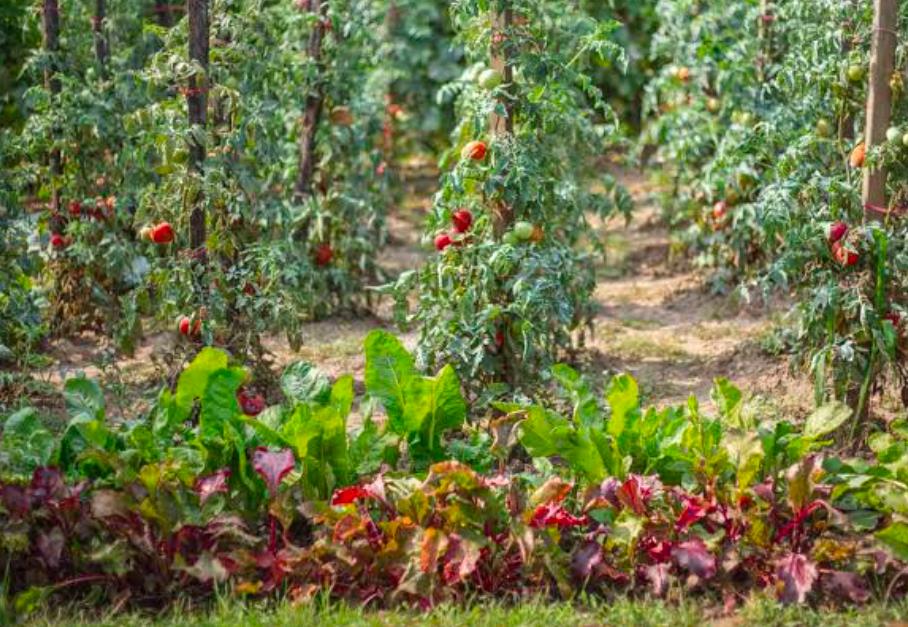
Many gardeners shared their companion planting results and gardening success stories on the Gardening subreddit. I also have personal stories and experiences from my real-life friends, so you’ll know this technique is the real deal.
I swear by the Tomato and Basil combo for a flavorful yield while my neighbor adds a marigold border to her Basil and Tomato garden for better aesthetics.
You can also achieve tomato garden success by following the rules in this guide.
Conclusion: Elevate Your Tomato Gardening with Companions
Companion planting for tomatoes is a no-brainer for any serious gardener. This transformative organic tomato gardening strategy offers a wide range of options, so why sleep on it?
Thoughtfully select your companion plant, whether aromatic basil, lively marigolds, or beneficial borage, and create an ecosystem that complements your tomatoes.
Remember to consistently monitor your plant’s growth and reaction to the system you built while monitoring the soil conditions and battling pests organically.
By following the rules in this guide, you can maximize your tomato garden’s productivity, flavor, and yield, and yield a successful tomato harvest.

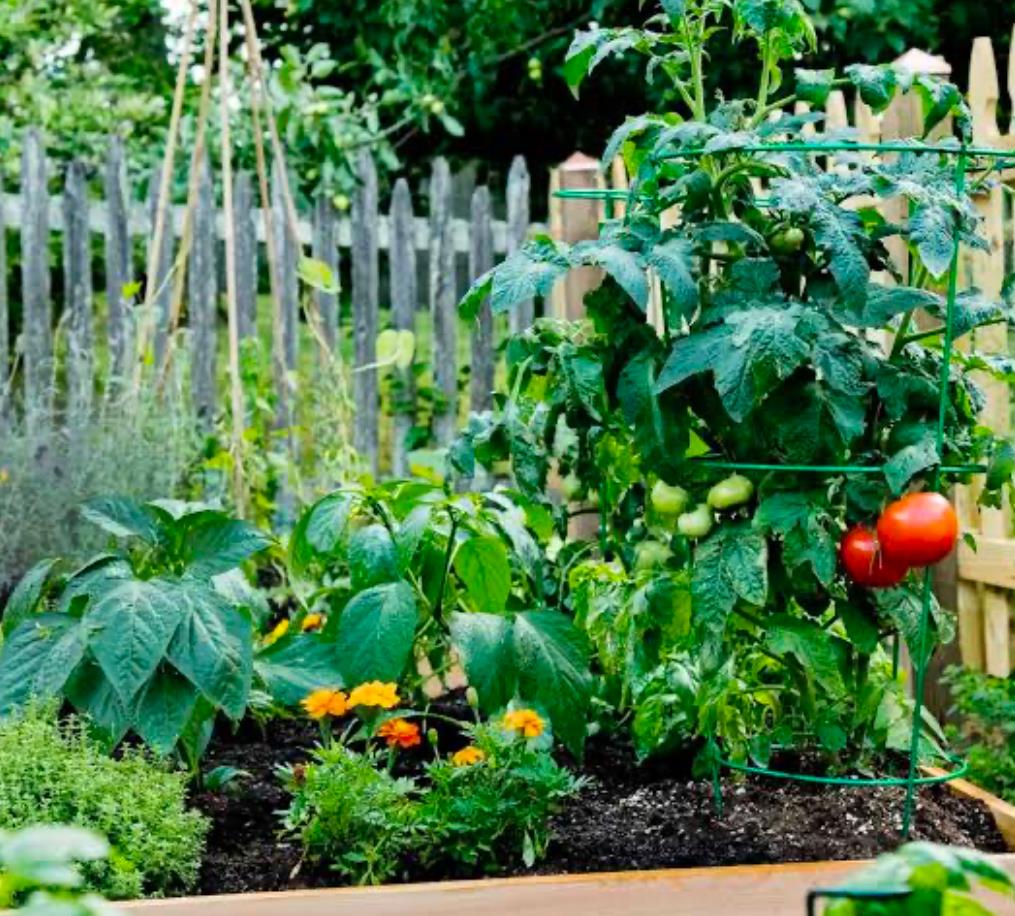

1 thought on “Companion Plants for Tomatoes: What to Grow (and Avoid)”